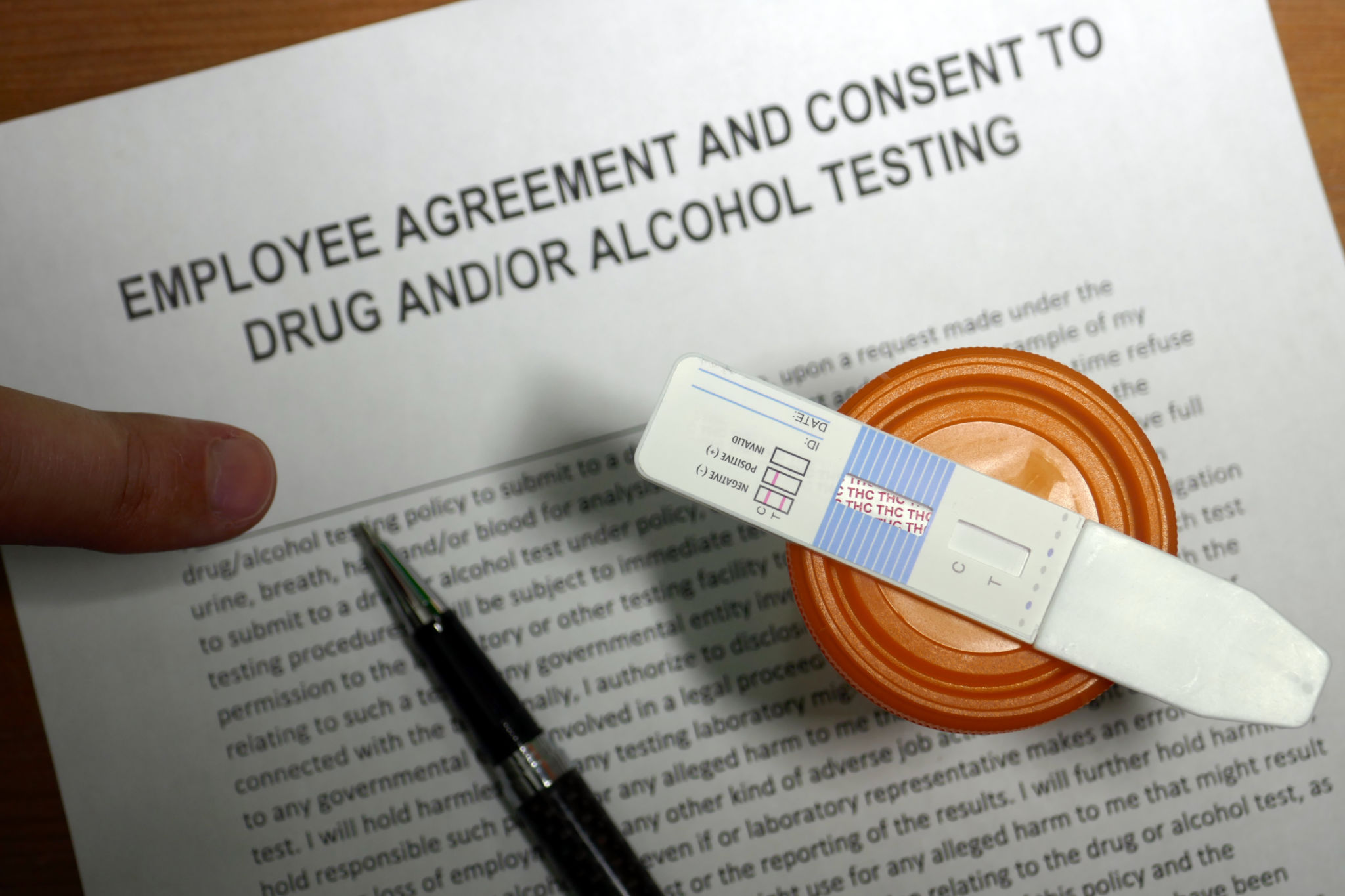Comprehensive Guide to DOT Drug Testing: Ensuring Compliance and Safety
Understanding DOT Drug Testing
The Department of Transportation (DOT) drug testing is a critical component in maintaining safety and compliance across various transportation sectors. It is designed to ensure that employees performing safety-sensitive functions remain free from the influence of illegal substances. The program covers a broad range of industries including trucking, aviation, railroads, and public transit.

DOT drug testing follows strict guidelines as outlined by the federal government. These guidelines are not just for the protection of employees but also for the safety of the general public. Ensuring that all personnel comply with these regulations is essential for maintaining the highest standards in transportation safety.
The Process of DOT Drug Testing
The DOT drug testing process involves several steps. Initially, employees are required to undergo pre-employment testing. This is followed by random testing throughout their employment, as well as post-accident and reasonable suspicion testing if necessary. Each of these tests is conducted by certified technicians at authorized laboratories.
Testing primarily targets five categories of drugs: marijuana, cocaine, opiates, amphetamines, and phencyclidine (PCP). The testing procedure typically involves a urine sample, which is then sent to a laboratory for analysis. Maintaining a drug-free workplace is not only a legal obligation but also a moral responsibility for transportation companies.

Compliance and Legal Obligations
Compliance with DOT drug testing regulations is mandatory for all transportation companies. Failure to adhere to these regulations can result in severe penalties, including fines and the potential suspension of licenses. Therefore, it is crucial for employers to stay informed about any changes in legislation and ensure that all employees are aware of their responsibilities.
Employers must also maintain accurate records of all drug tests conducted and ensure that results are handled confidentially. Proper documentation not only helps in legal compliance but also in reinforcing a culture of accountability and safety within the organization.
The Role of Employers in Ensuring Safety
Employers play a pivotal role in promoting a drug-free workplace. This involves implementing comprehensive drug policies, providing regular training sessions, and fostering an environment where employees feel comfortable discussing any concerns related to substance abuse. Encouraging an open dialogue can significantly reduce the risks associated with drug use in the workplace.

Additionally, employers should consider working with professional third-party administrators to manage their drug testing programs. These organizations can provide valuable expertise and resources to help streamline the testing process and ensure full compliance with DOT regulations.
The Importance of Employee Education
Educating employees about the importance of drug testing and its impact on safety is crucial. Regular workshops and training sessions can help employees understand the consequences of non-compliance and the potential risks posed by drug use while on duty. Knowledgeable employees are more likely to abide by company policies and uphold safety standards.
Moreover, providing support resources such as counseling services can help employees who may be struggling with substance abuse issues. By offering assistance, employers demonstrate their commitment to the well-being of their workforce while ensuring a safer work environment.
Conclusion
DOT drug testing is an essential element in maintaining safety and compliance within the transportation industry. By following prescribed guidelines, staying informed about legal obligations, and fostering an environment that prioritizes education and support, employers can effectively mitigate risks associated with substance abuse. Ultimately, these efforts contribute to safer roads, skies, and rails for everyone.
